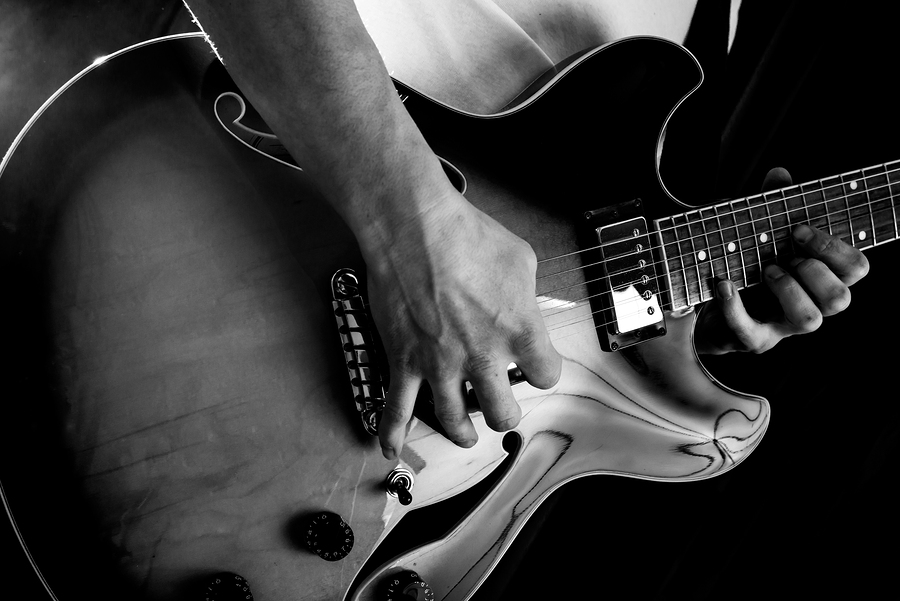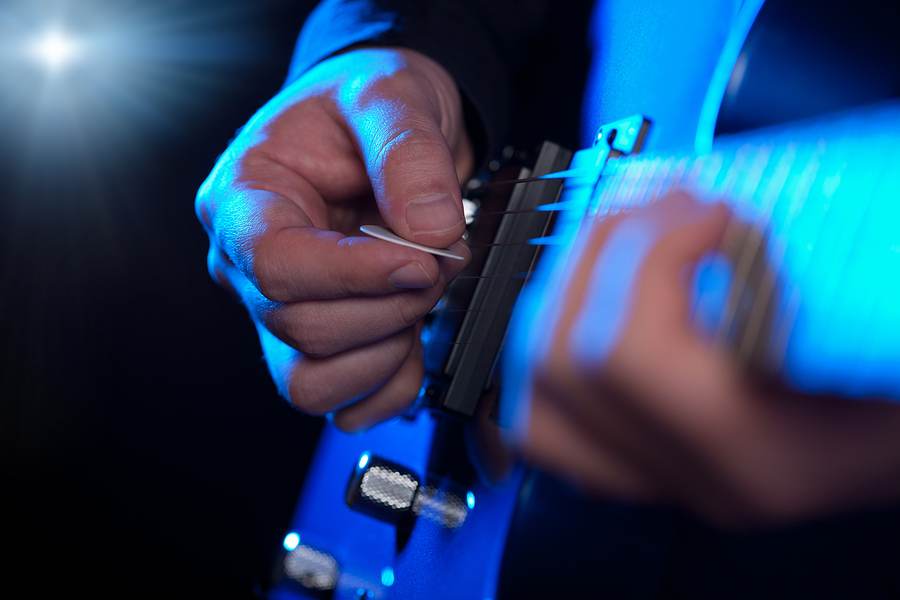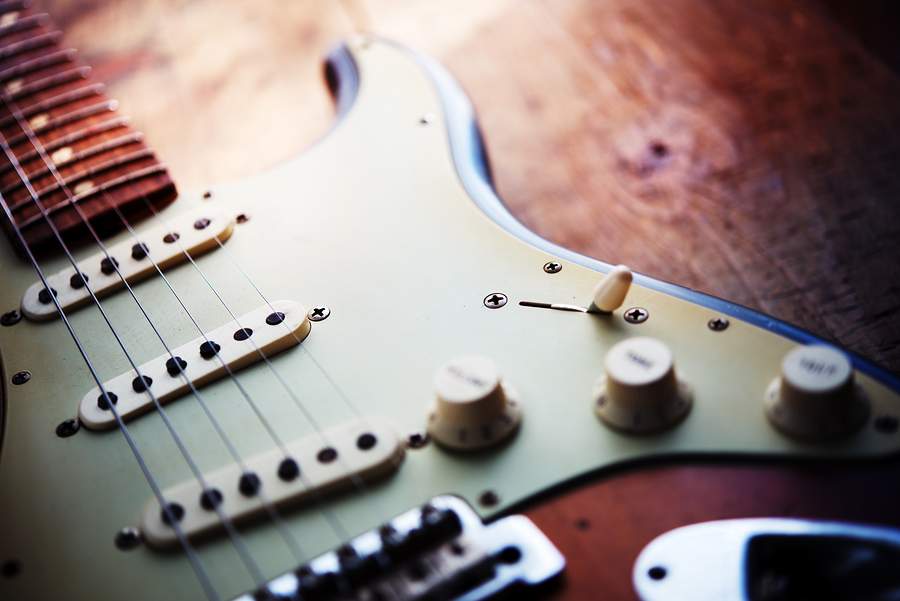Bigstock photo

It’s was also a good time to reflect and evaluate my life. I do that often anyway, but holidays in particular are really suited for some good thinking and gaining new inspiration.
I filled my moleskin notebook with new ideas, things I want to do more or less (more guitar playing, less worrying, more running, less email, more space, less clutter), I wrote down everything that came to mind. Just putting that stuff on paper is good for the soul.
While enjoying every minute of my holiday I also couldn’t wait to start applying all these new ideas when I got come home. It’s great to start over again every time you want to.
Coming back it felt great to feel the strings on my hands again. Later that evening I was watching some interviews and masterclasses of great guitar legends. I always love to do that. There are is so much to learn from that and so many insights to discover.Continue Reading
 The major pentatonic scale is mostly used in country, folk country rock, blues and jazz.
The major pentatonic scale is mostly used in country, folk country rock, blues and jazz. Today I introduce to you George Ramsay, Co-founder and Guitar Teacher at
Today I introduce to you George Ramsay, Co-founder and Guitar Teacher at  The
The